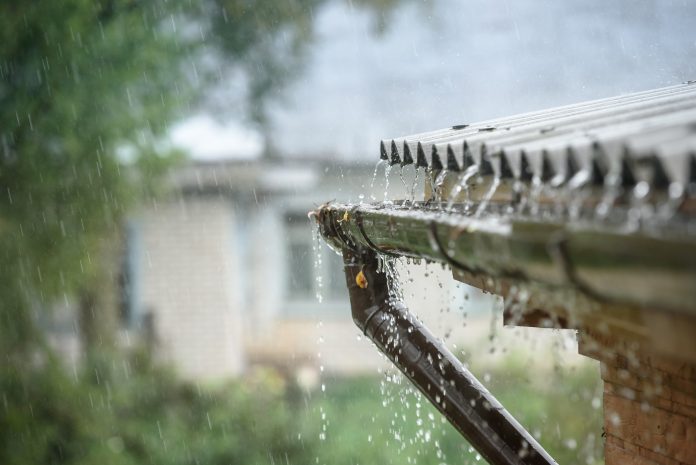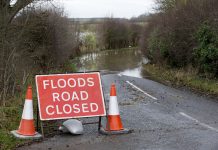Recent research from The Ohio State University reveals alarming trends in North America’s precipitation patterns, showing significant shifts likely driven by climate change
The study, published in Geophysical Research Letters, shows how regions across the continent are experiencing more frequent and severe weather extremes.
Climate change’s affect on precipitation patterns
According to the findings, the American Southwest and Mexico are witnessing prolonged and intensifying droughts yearly. The Northeast, including states like Ohio, is trending towards wetter winters and early springs.
These contrasting patterns are part of a larger narrative of climate change impacting precipitation cycles in unprecedented ways.
“So you might be going from, say, this year our drought is really bad, and in five years or so we might see the wettest pluvial we’ve had in a while,” explained James Stagge, senior author of the study and assistant professor at Ohio State. “That variability is concerning because it changes how we might need to manage water to prepare for more extremes in both ways.”
The research, led by former Ohio State graduate student Kyungmin Sung, now with the Korea Environment Institute, used a combination of modern precipitation data, historical tree ring records, and climate models dating back to 850 AD. By comparing pre-industrial and post-industrial eras, the study predicts even more extreme fluctuations in precipitation through the year 2100.
Sever droughts and heavy rainfall
“What we can say is, ‘here is the scale of change we’ve seen in the past 100 years under an increase in greenhouse gas concentration,” Sung noted. “And the scale of the change we’re seeing now and into the future is dramatically larger in many areas than any natural climate variability we saw prior.”
The study highlights the unpredictability that lies ahead for the central United States, where fluctuations between severe droughts and heavy rainfall events, known as pluvials, are projected to become more pronounced. This variability shows challenges for industries reliant on stable water sources, including agriculture, construction, and urban planning.
The research integrates data from multiple sources to validate its conclusions, ensuring robustness across different datasets and models. This comprehensive approach reinforces the credibility of observed trends and projections.
Effective planning and adaptive strategies will be crucial in mitigating these challenges as climate patterns continue to evolve.
“Certainly, we’d like to arrest further climate change, but it takes a long time to turn that ship,” Stagge said. “In the meantime, we should be planning on where we’re headed to decrease impacts on people, the economy and the environment.”
The study was supported by the National Science Foundation, the Byrd Polar and Climate Research Center at Ohio State, and the Ohio Supercomputer Center, underscoring its broad scientific backing and implications for policy and decision-making.











